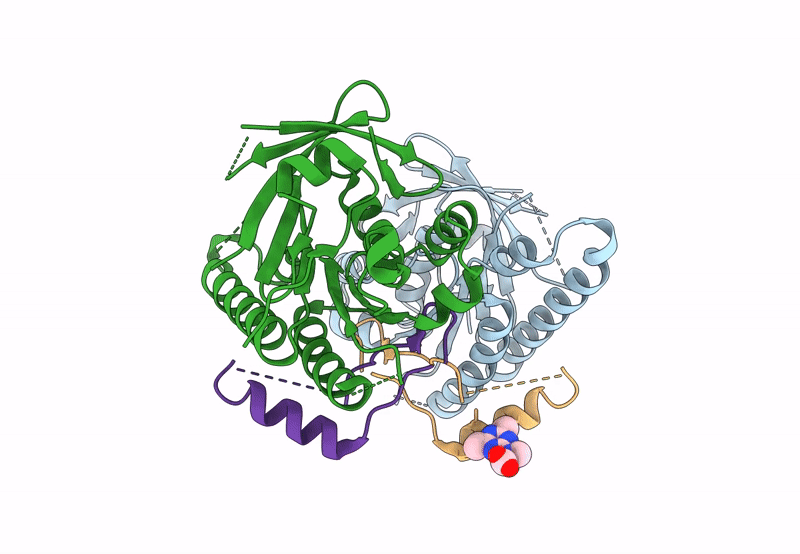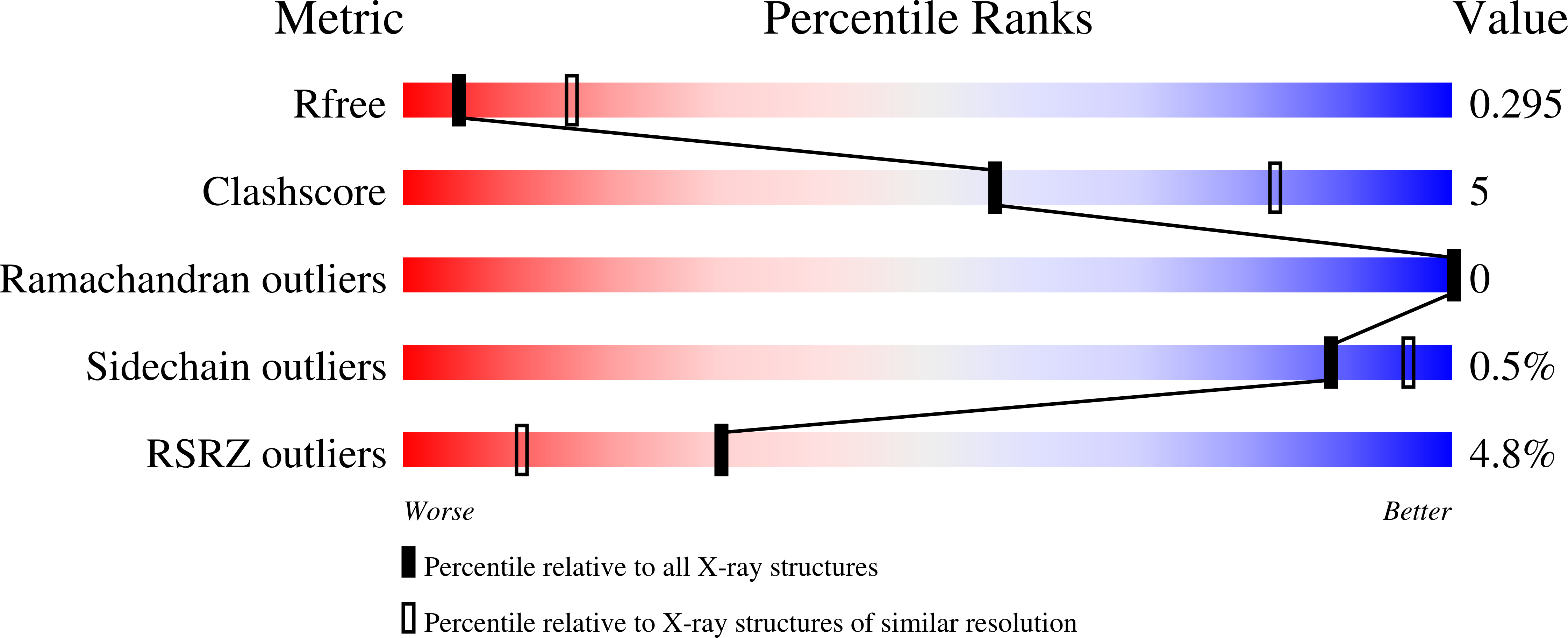
Deposition Date
2022-12-26
Release Date
2023-11-29
Last Version Date
2024-11-13
Entry Detail
PDB ID:
8C3J
Keywords:
Title:
Stapled peptide SP2 in complex with humanised RadA mutant HumRadA22
Biological Source:
Source Organism:
Pyrococcus furiosus (Taxon ID: 2261)
Homo sapiens (Taxon ID: 9606)
Homo sapiens (Taxon ID: 9606)
Host Organism:
Method Details:
Experimental Method:
Resolution:
3.02 Å
R-Value Free:
0.28
R-Value Work:
0.24
R-Value Observed:
0.25
Space Group:
P 41 21 2


